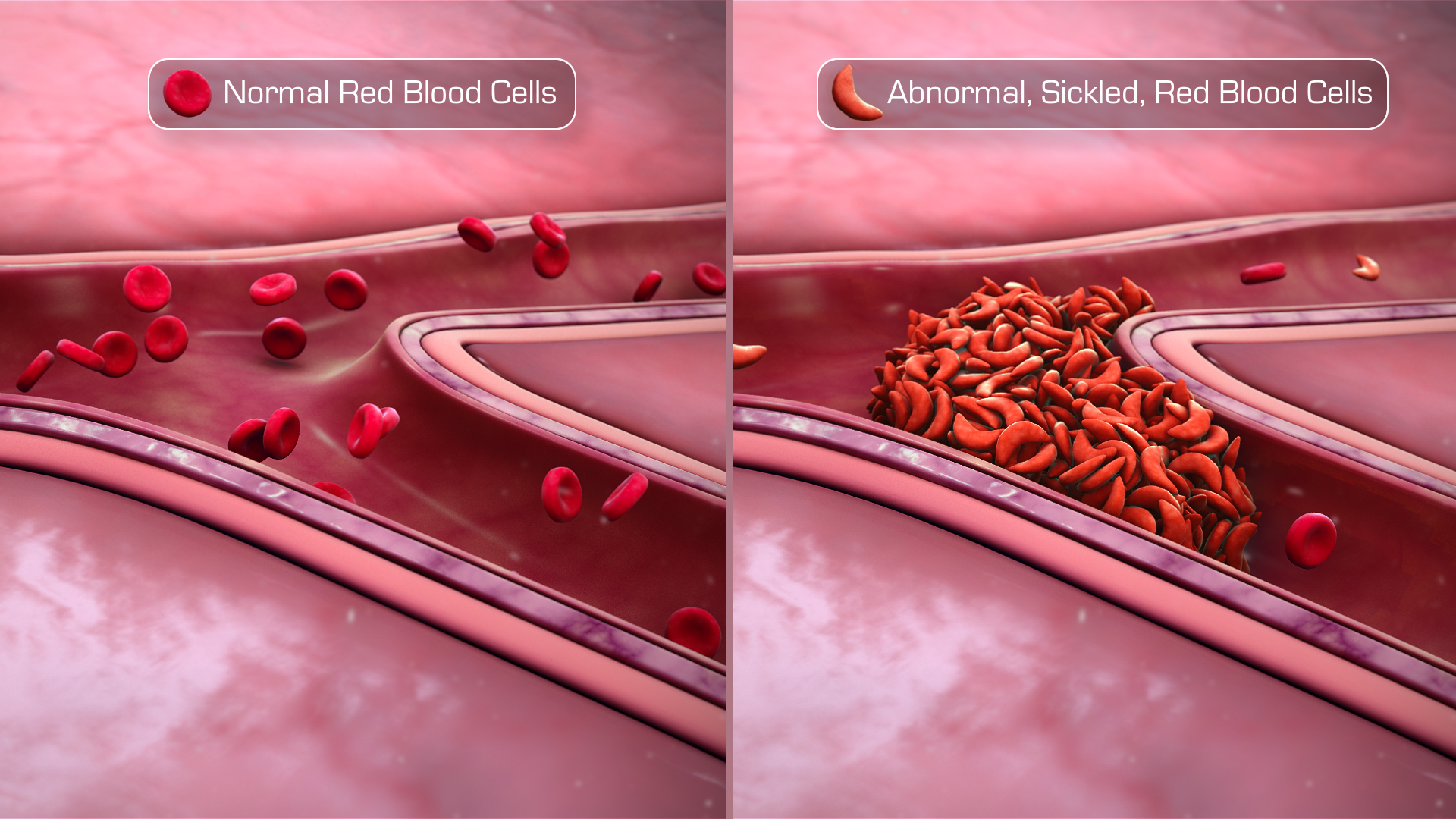Biochemical as well as demographic evidence substantiates the theory that sickle-cell anemia imparts resistance to malaria. The relationship between malaria and sickle cell anemia, therefore, needs to be studied in detail.
Resistance vs Tolerance: An unconventional approach to understand the path of disease recovery
Human body produces two basic types of immune responses:
- Resistance; the well-understood, traditional part of the immune response which covers the study of the body’s response to pathogen.
- Tolerance; the less-studied part which includes the mechanism of curbing/repairing the damage caused by pathogen or by resistance mechanism.
The Atlantic states that as per the research published in the last few years, tolerance may be a crucial factor in determining whether individuals will survive infections such as malaria, cholera, and sepsis.
Therefore, by better understanding the tolerance mechanisms, new ways can be figured out to enhance them and also open unexpected avenues for drug development.
The researchers have envisioned the journey from infection to illness to recovery as a loop.


Observing the loop model above, one can clearly understand that “Getting better isn’t just the reverse of getting sick.”
What causes Malaria?
The infected mosquito bites the person and transfers the malarial parasite into his bloodstream that keeps multiplying inside the cell, hidden from the immune system. The parasite ultimately ruptures its own cellular refuge and, in the process, releases toxins which damage the surrounding tissue. Primary infection occurs in the host’s liver followed by the RBCs.
Recovery from malaria comprises not only battling with the parasite but also to repair the damage caused by the parasite itself, as well as by the immune system’s attack on it.
To create a malaria-specific loop, it was required to track and measure several factors like the number of parasites and different immune cells that influenced the mice’s immune response. These variables, when plotted on a graph, resembled the above recovery loop. The plot of number of red blood cells against the number of immature red blood cells revealed that animals had a loop that took them from health to illness and back to health.

Theory: Sickle cell carriers are able to fend off malaria.
How?
Immunologists have long observed and shown that mice with a sickle-cell mutation had increased tolerance to malaria. This explains the fact that people living in Africa with high malaria rates are more likely to carry the sickle-cell trait as well. For a long time, scientists assumed that the trait enhanced resistance, in other words, people with the variant were better at fighting infection by the malaria parasite. But eventually, it became clear that since humans/animals with the sickle-cell trait have to break down and detoxify misshapen red blood cells their entire lives, their molecular machinery for cleaning up the mess is already in place when the malarial parasite attacks them.
However, having only one copy of the gene boosts tolerance. Possessing two versions leads to sickle-cell anemia, a life-threatening condition.
Understanding Sickle-Cell Trait
The molecular mechanism of how sickle cell disease confers a survival advantage against Plasmodium infection (malaria) is interesting.
Heterozygotes for the sickle cell gene are relatively protected against malaria, while patients who are homozygous for the sickle cell gene, suffer from sickle cell disease and are highly prone to the lethal effects of malaria.
This is because the malarial parasite cannot undergo multiplication a sickle-shaped red blood cell for the following reasons:
- The body sends sickled red blood cells to the spleen for elimination, consequently destroying the parasite.
- Since the cell membrane of the sickled red blood cell is stretched by its unusual shape, it becomes porous. The sickled cell "leaks" nutrients, like potassium, that the parasite needs to survive, so the parasite dies.
These findings open the way to new therapeutic interventions against malaria, a disease that continues to inflict tremendous medical, social and economic burdens to a large proportion of the human population.








